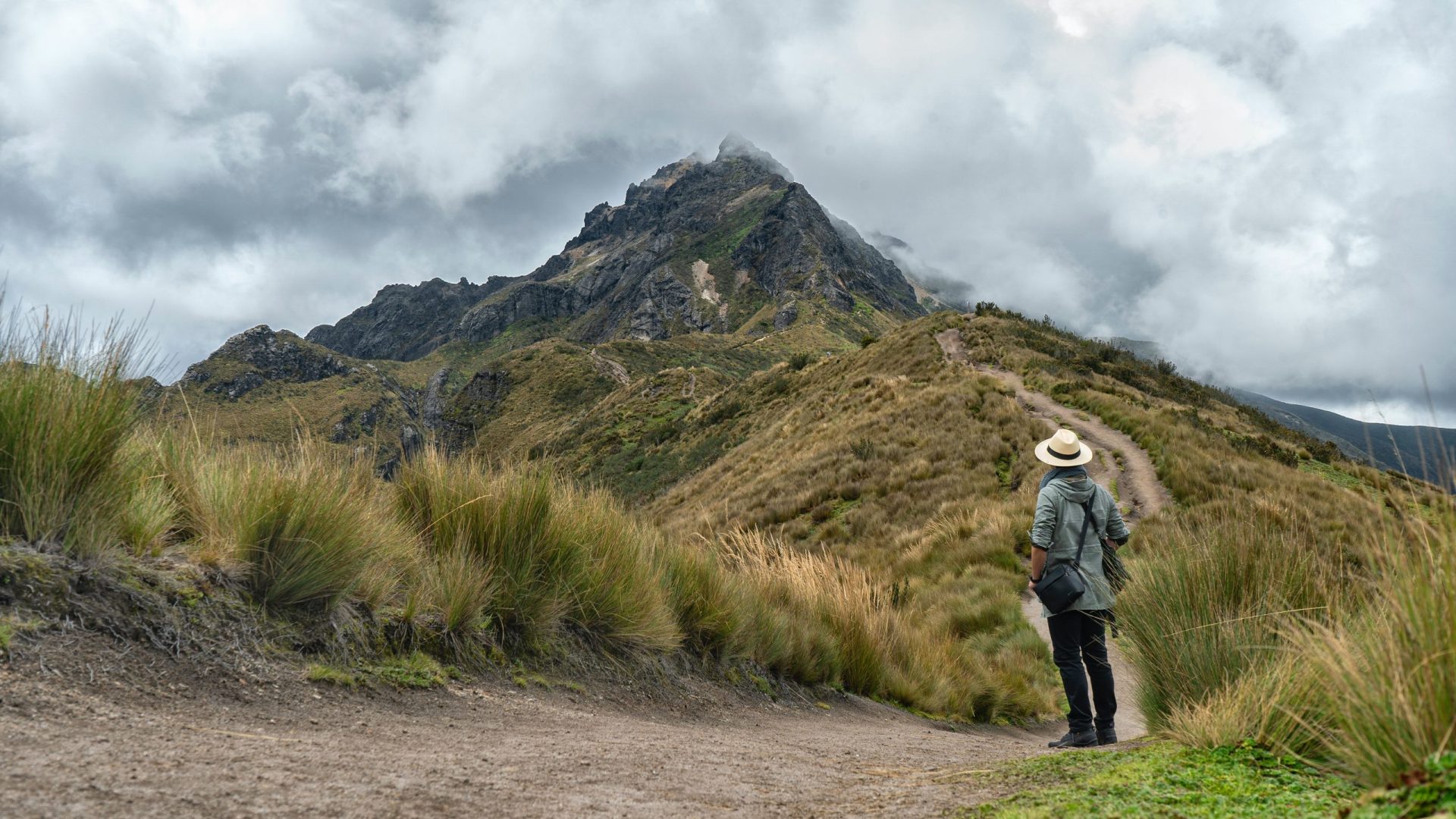
Millions of iNaturalist photos later… Rare plants from the Nasa genus, previously thought to be extinct, were identified using photos from the app.


Millions of iNaturalist photos later… Rare plants from the Nasa genus, previously thought to be extinct, were identified using photos from the app.
We know that the northern Andean mountains of Peru and Ecuador are home to a multitude of plants and animals, but exactly which, and how many, is still the subject of study. Recent research published in the journal PhytoKeys demonstrates just how much there is still to be done to catalog rare and hard-to-find specimens.
The paper, titled “When the absence of evidence is not the evidence of absence,” identified a number of plants from the Blazing Star, or Nasa, family that were previously believed to be extinct. Many of the species in the group are endemic, which means they’re found exclusively in small, specific regions. In this case, some plants in the Nasa family had ranges as small as the slopes of a single mountain. Others only grow for short periods, creating a very brief window that they can be documented.
But just because they’re hard to find doesn’t mean they don’t exist. As Tilo Henning, the study’s co-author and a botanist at the Leibniz Center for Agricultural Landscape Research, wrote in a statement: “All these discoveries serve as a reminder that even well-studied regions harbor diversity that can so easily remain overlooked and unexplored, and point to the role of botanists in documenting biodiversity which is an essential prerequisite for any conservation effort.”
Citizen scientists were crucial to the research too, which drew heavily from photographs and postings on iNaturalist, a popular app for identifying plants and sharing images of interesting findings, similar to a birding app, but for flora instead of fauna.
iNaturalist is one of several widely-used plant ID apps, and its primary purpose isn’t botanical research, but rather helping satisfy casual, everyday curiosity. Cities and local community outing groups use it to facilitate ‘Nature Challenges,’ where residents are encouraged to go out and document as many different kinds of greenery in their neighborhoods as possible. Last year, over 1.5 million observations worldwide were uploaded just from metropolitan areas.
As we know, citizen science is often used as a draw for “responsible travel” experiences, but it isn’t always a reliable solution for collecting information and helping to meaningfully shape scientific discoveries. The main danger of citizen science is that self-appointed amateur field technicians will introduce bad data into the mix. However, in cases like the long-lost Nasa species research, some of that risk can be mitigated by the fact that every image was screened and verified by trained botanists. And of course, opening up the door to public contributions gives researchers access to a much larger pool of raw data than they could collect themselves in a reasonable time period, while still counting on experts to do all the interpreting of said data.
Where things get a little fuzzier with iNaturalist and similar apps is when they’re used to actually identify plant species using images. One study of the accuracy of plant ID apps, including iNaturalist, found that their success rate ranged from as low as 4 percent to no higher than 88 percent. This means one time out of 10, at best, the AI program misidentifies the pictured plant. So you probably don’t want to rely on any app when deciding whether or not something is, say, edible. The leaves on some Blazing Star family species, for example, can sting like nettles—a reason to exercise caution.
Since these apps rely on machine learning, they’re much less accurate in areas where they have fewer data points, or when identifying rare plants for a particular area. And like all species, plants can mutate, or express visible characteristics differently depending on the growing conditions—in both instances, the plant could look different enough in an image to fool an artificial intelligence algorithm.
But in this case, the photos taken by curious people have indeed confirmed the presence of Nasa hastata and Nasa solaria, which were believed to be extinct and listed as remained unknown or almost so in the wild. According to Popular Science, photos of living Nasa hastata were taken by a sister of one of the study authors while around 30 Nasa solaria were spotted using iNaturalist. Additionally, the team confirmed living Nasa humboldtiana for the first time in 162 years, found in its natural habitat in a conserved Andean forest near Chimborazo, Ecuador.
***
Adventure.com strives to be a low-emissions publication, and we are working to reduce our carbon emissions where possible. Emissions generated by the movements of our staff and contributors are carbon offset through our parent company, Intrepid. You can visit our sustainability page and read our Contributor Impact Guidelines for more information. While we take our commitment to people and planet seriously, we acknowledge that we still have plenty of work to do, and we welcome all feedback and suggestions from our readers. You can contact us anytime at hello@adventure.com. Please allow up to one week for a response.

Miyo McGinn is Adventure.com's US National Parks Correspondent and a freelance writer, fact-checker, and editor with bylines in Outside, Grist, and High Country News. When she's not on the road in her campervan, you can find her skiing, hiking, and swimming in the mountains and ocean near her home in Seattle, Washington.








Can't find what you're looking for? Try using these tags: